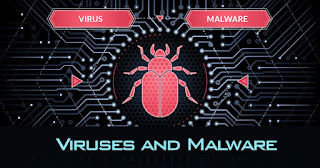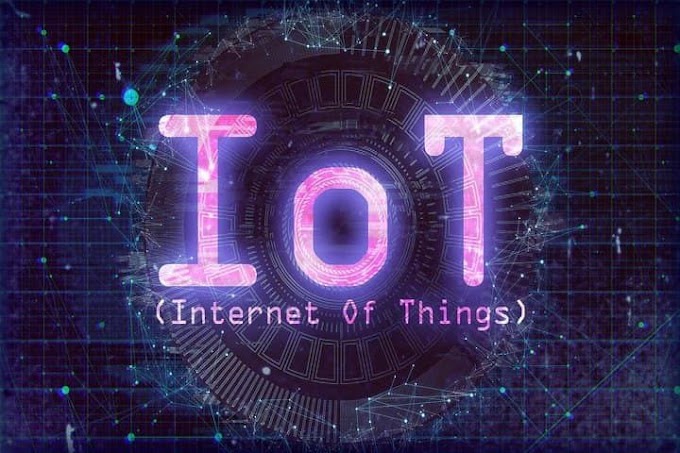Computer virus
A computer virus is a type of computer program that, when executed, replicates itself by modifying other computer programs and inserting its own code.When this replication succeeds, the affected areas are then said to be "infected" with a computer virus.
One of the ideal methods by which viruses spread is through emails – opening the attachment in the email, visiting an infected website, clicking on an executable file, or viewing an infected advertisement can cause the virus to spread to your system. Besides that, infections also spread while connecting with already infected removable storage devices, such as USB drives.
How does a computer virus operate?
A computer virus operates in two ways. The first kind, as soon as it lands on a new computer, begins to replicate. The second type plays dead until the trigger kick starts the malicious code. In other words, the infected program needs to run to be executed. Therefore, it is highly significant to stay shielded by installing a robust antivirus program.
Parts
A viable computer virus must contain a search routine, which locates new files or new disks which are worthwhile targets for infection. Secondly, every computer virus must contain a routine to copy itself into the program which the search routine locates.The three main virus parts are:
Infection mechanism
Infection mechanism (also called 'infection vector'), is how the virus spreads or propagates. A virus typically has a search routine, which locates new files or new disks for infection.
Trigger
The trigger, which is also known as a logic bomb, is the compiled version that could be activated any time within an executable file when the virus is run that determines the event or condition for the malicious "payload" to be activated or delivered such as a particular date, a particular time, particular presence of another program, capacity of the disk exceeding some limit,or a double-click that opens a particular file.
Payload
The "payload" is the actual body or data that performs the actual malicious purpose of the virus. Payload activity might be noticeable (e.g., because it causes the system to slow down or "freeze"), as most of the time the "payload" itself is the harmful activity, or some times non-destructive but distributive, which is called Virus hoax.
Phases
Virus phases is the life cycle of the computer virus, described by using an analogy to biology. This life cycle can be divided into four phases:
Dormant phase
The virus program is idle during this stage. The virus program has managed to access the target user's computer or software, but during this stage, the virus does not take any action. The virus will eventually be activated by the "trigger" which states which event will execute the virus, such as a date, the presence of another program or file, the capacity of the disk exceeding some limit or the user taking a certain action (e.g., double-clicking on a certain icon, opening an e-mail, etc.). Not all viruses have this stage.
Propagation phase
The virus starts propagating, that is multiplying and replicating itself. The virus places a copy of itself into other programs or into certain system areas on the disk. The copy may not be identical to the propagating version; viruses often "morph" or change to evade detection by IT professionals and anti-virus software. Each infected program will now contain a clone of the virus, which will itself enter a propagation phase.
Triggering phase
A dormant virus moves into this phase when it is activated, and will now perform the function for which it was intended. The triggering phase can be caused by a variety of system events, including a count of the number of times that this copy of the virus has made copies of itself.
Execution phase
This is the actual work of the virus, where the "payload" will be released. It can be destructive such as deleting files on disk, crashing the system, or corrupting files or relatively harmless such as popping up humorous or political messages on screen.










